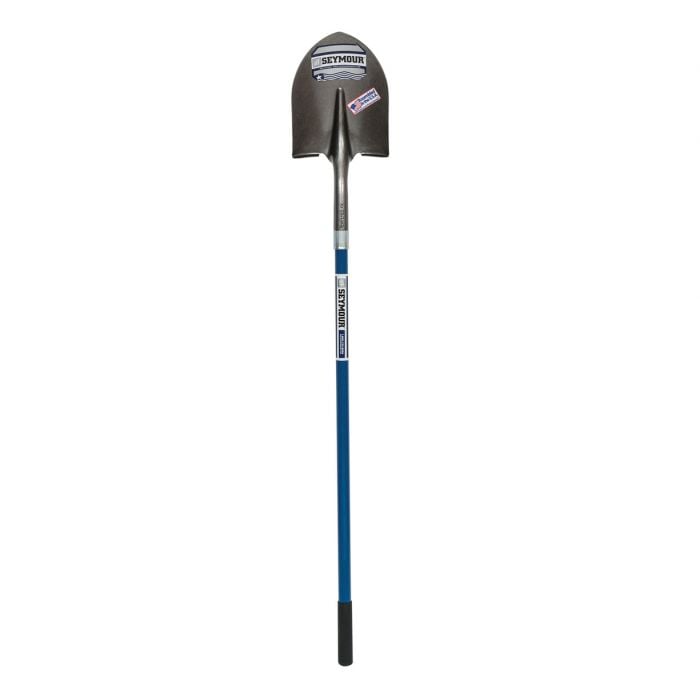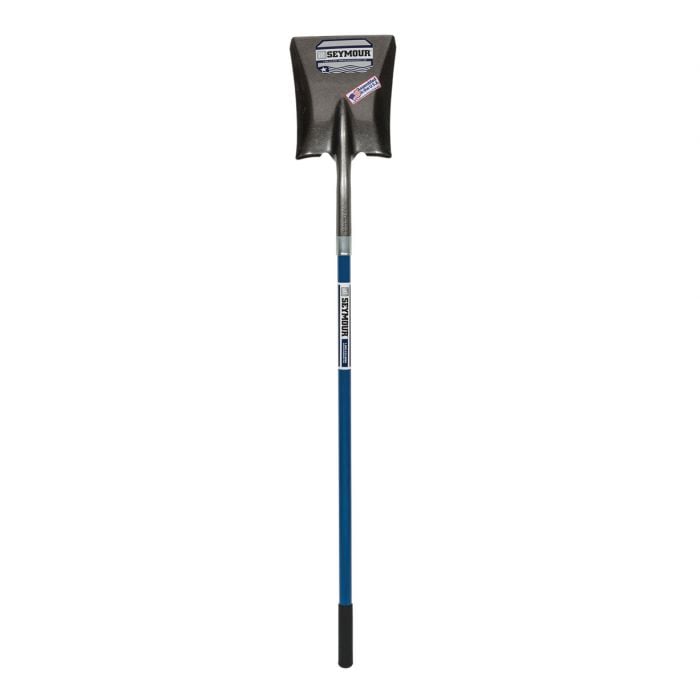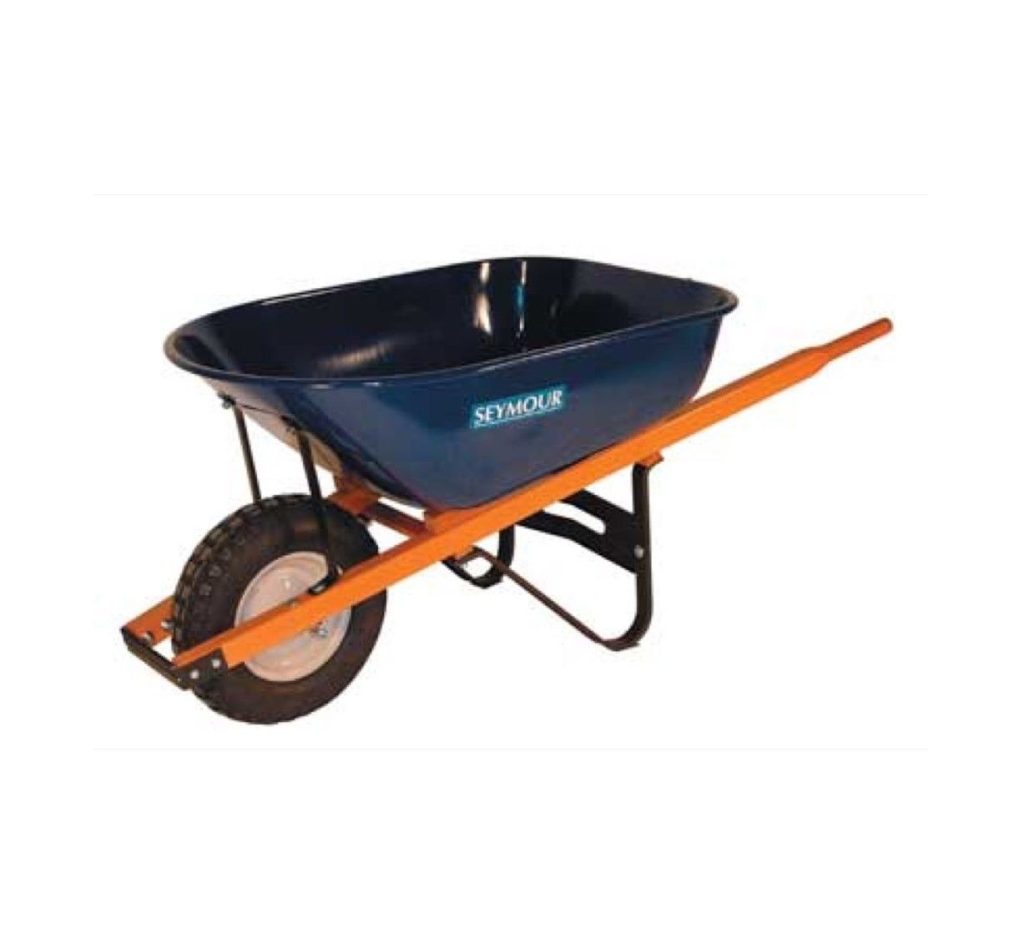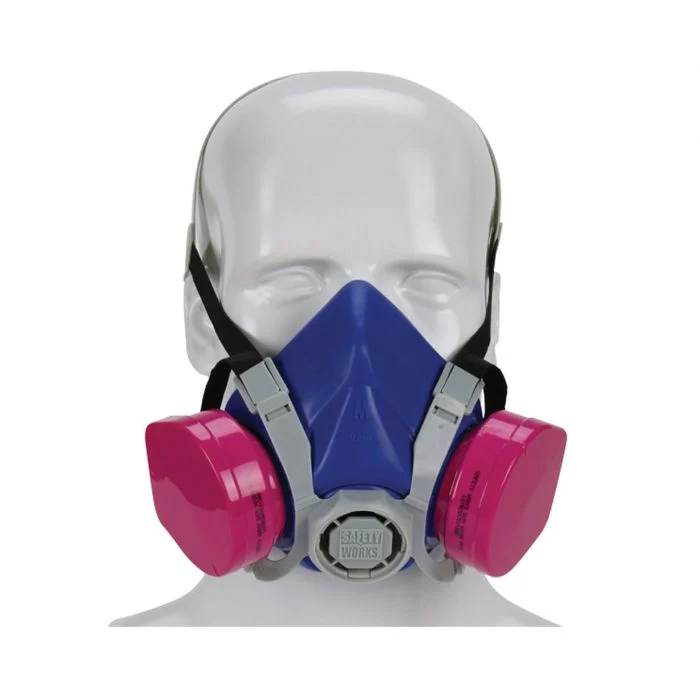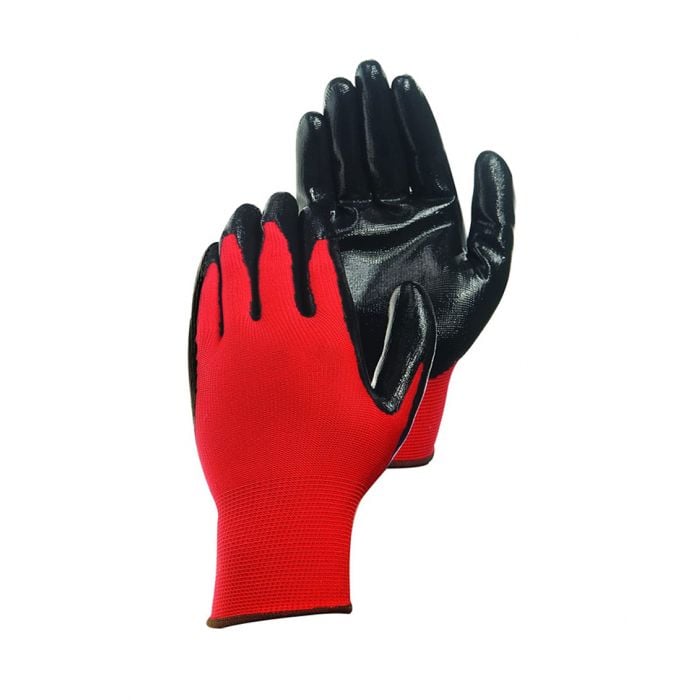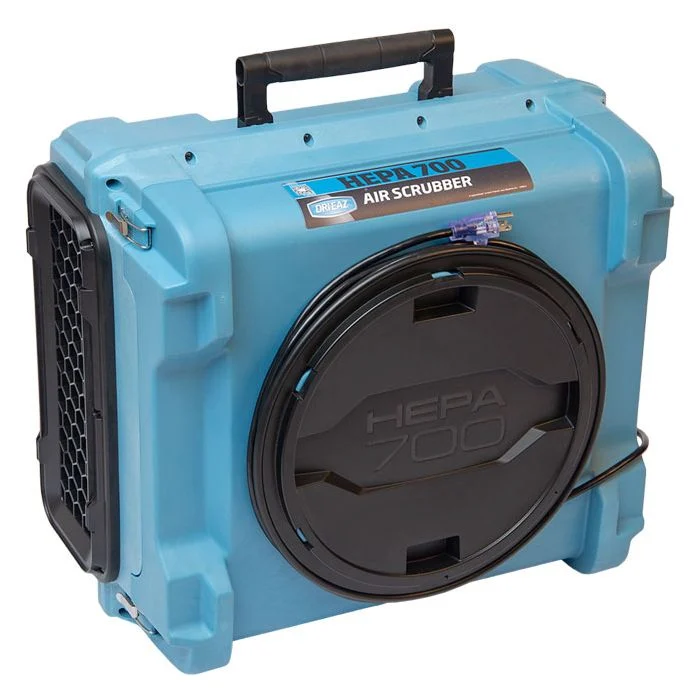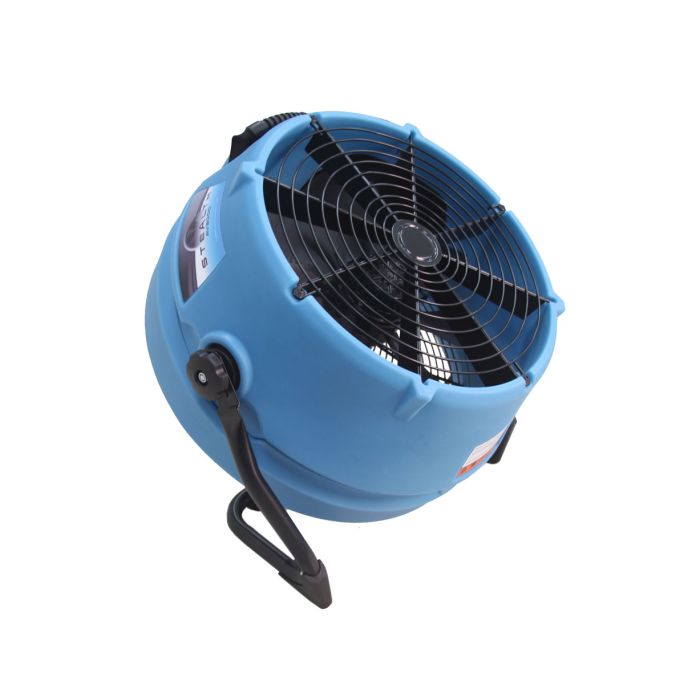What to do When it Floods
When you have bad weather that brings in a lot of water you may deal with flooding in your home. Handling the water quickly is extremely important. Here we’ll go over the tools you need to get your home clean after flooding.

Sump Pumps
The first thing you want to do is get the excess water out right away. Using a sump pump is a critical tool during flooding, especially in areas prone to water accumulation such as basements and crawl spaces. They are designed to remove excess water that accumulates in a sump pit or basin. During flooding, groundwater or rainwater may infiltrate basements or lower levels of buildings, leading to standing water. Sump pumps efficiently pump out this water, preventing it from causing further damage to the property.
Basements are particularly vulnerable to flooding during heavy rainfall or rising groundwater levels. Sump pumps provide a proactive solution by continuously removing water from the sump pit, reducing the risk of basement flooding and water damage to belongings, appliances, and structural components.
Slush Boots
Slush boots, also known as rubber or waterproof boots, are essential for keeping your feet dry and protected while working in flooded areas. Here’s why they’re important and how they can help.
Floodwaters can contain various contaminants, including sewage, chemicals, and debris. Slush boots provide a barrier between your feet and the contaminated water, reducing the risk of infections or injuries from sharp objects.
Working in wet conditions for extended periods can lead to discomfort, blisters, and even trench foot. Slush boots are waterproof, keeping your feet dry and comfortable throughout the cleanup process.
Flooded areas can be slippery due to mud, silt, and water. Slush boots typically have slip-resistant soles, providing traction and stability on wet surfaces, which helps prevent slips and falls.
When engaging in flood cleanup activities, wearing slush boots is a crucial safety measure to protect yourself from the hazards associated with contaminated water and wet conditions.
When engaging in flood cleanup activities, wearing slush boots is a crucial safety measure to protect yourself from the hazards associated with contaminated water and wet conditions.
Floodwaters often carry debris such as branches, mud, silt, and other materials into affected areas. Shovels are invaluable for clearing away this debris, making it easier to assess the extent of damage and begin the cleanup process.
After floodwaters recede, they leave behind layers of mud and silt that coat surfaces indoors and outdoors. Shovels are effective tools for removing this sediment, whether it’s from floors, driveways, sidewalks, or yards, allowing for easier cleanup and restoration.
Floodwaters can obstruct access to buildings, vehicles, and utility systems. Shovels can be used to clear pathways and access routes, allowing for emergency response, evacuation, and repair work to be conducted safely and efficiently.
When engaging in flood cleanup activities, wearing slush boots is a crucial safety measure to protect yourself from the hazards associated with contaminated water and wet conditions.
Floodwaters often carry debris such as branches, mud, silt, and other materials into affected areas. Shovels are invaluable for clearing away this debris, making it easier to assess the extent of damage and begin the cleanup process.
After floodwaters recede, they leave behind layers of mud and silt that coat surfaces indoors and outdoors. Shovels are effective tools for removing this sediment, whether it’s from floors, driveways, sidewalks, or yards, allowing for easier cleanup and restoration.
Floodwaters can obstruct access to buildings, vehicles, and utility systems. Shovels can be used to clear pathways and access routes, allowing for emergency response, evacuation, and repair work to be conducted safely and efficiently.
During flooding, having the right type of shovel for the task at hand is crucial. For example, square-point shovels are excellent for scooping and moving loose materials like mud and debris, while round-point shovels are better suited for digging and trenching. Additionally, selecting shovels with sturdy handles and durable construction ensures they can withstand the demands of flood cleanup work. They are indispensable tools for flood cleanup and mitigation, aiding in debris removal, sediment clearing, drainage management, access restoration, structural repair, material transportation, and flood prevention efforts. By incorporating shovels into your flood preparedness plan, you can effectively address the aftermath of flooding and expedite the restoration process.
Floodwaters often leave behind debris such as branches, mud, silt, and damaged belongings. Wheelbarrows provide a convenient way to collect and transport this debris from the flooded area to a designated disposal site, making cleanup more efficient.
During cleanup and restoration efforts, various materials such as sand, gravel, mulch, and fill may be needed to fill in gaps, reinforce structures, or restore landscaping. Wheelbarrows facilitate the transportation of these materials to where they are needed, reducing manual labor and expediting the process.
Flood cleanup may involve the use of heavy equipment such as pumps, generators, and power tools. Wheelbarrows can transport these bulky and heavy items across uneven terrain, allowing for easier access to different areas of the flooded property.
During flooding, having sturdy and reliable wheelbarrows is essential for efficient cleanup and restoration efforts. Selecting wheelbarrows with durable construction, pneumatic tires for stability on uneven terrain, and appropriate carrying capacity ensures they can withstand the demands of flood cleanup work.
Dust Respirator
Wearing a safety respirator during flood cleanup is essential for protecting yourself from potential respiratory hazards. Here’s why it’s important and how it can help:
Floodwaters can contain a variety of hazardous substances, including sewage, mold spores, bacteria, and chemicals. These contaminants can become airborne during cleanup activities, posing a risk to your respiratory system if inhaled.
Flooded areas are prone to mold and mildew growth, which can release spores into the air. Inhalation of mold spores can trigger allergic reactions, and respiratory issues, as well as exacerbate existing conditions such as asthma.
Floodwaters may come into contact with various chemicals from household products, industrial pollutants, or agricultural runoff. These chemicals can evaporate into the air, leading to respiratory irritation or toxicity if inhaled.
When selecting a respirator for flood cleanup, ensure it is rated for protection against the specific hazards present in your environment, such as mold, dust, and chemicals. Additionally, follow manufacturer guidelines for proper fit, use, and maintenance to maximize effectiveness.
Gloves
Floodwaters often contain sewage, bacteria, chemicals, and other contaminants. Direct contact with these substances can lead to skin irritation, infections, or the spread of diseases. Gloves act as a barrier, preventing your skin from coming into contact with contaminated water.
Flood cleanup involves moving debris, damaged materials, and possibly sharp objects. Gloves provide protection against cuts, punctures, and abrasions, reducing the risk of injuries to your hands.
Flooded areas are prone to mold and mildew growth, which can cause allergic reactions and respiratory issues. Wearing gloves while handling damp or moldy materials helps minimize skin contact with mold spores and reduces the risk of skin irritation or allergic reactions.
Floodwaters may contain hazardous chemicals from household products, industrial sources, or agricultural runoff. Gloves help prevent skin contact with these chemicals, reducing the risk of irritation, burns, or absorption through the skin.
Proper hand hygiene is essential during flood cleanup to prevent the spread of contaminants and protect your health. Wearing gloves makes it easier to adhere to hygiene practices such as washing hands with soap and water or using hand sanitizer, especially when access to clean water may be limited.
When selecting gloves for flood cleanup, choose durable, waterproof, and chemical-resistant gloves that provide adequate protection against the specific hazards you may encounter. Additionally, ensure that the gloves fit properly to maximize comfort and dexterity while working.
Dehumidifier
Dehumidifiers play a critical role in flood cleanup by helping to remove excess moisture from the air and surfaces, facilitating the drying process, and preventing the growth of mold and mildew. Here’s why dehumidifiers are important during flooding and how they can assist in the cleanup process:
Excess moisture resulting from flooding creates an ideal environment for mold and mildew to thrive. Dehumidifiers help extract moisture from the air, reducing humidity levels and inhibiting the growth of mold and mildew on walls, floors, furniture, and other surfaces.
Flooded areas can retain moisture for an extended period, prolonging the drying process. Dehumidifiers work by drawing in moist air, extracting the water vapor, and releasing dry air back into the environment. This accelerates the drying of surfaces and materials, reducing the risk of structural damage and promoting faster restoration.
High humidity levels can contribute to poor indoor air quality, leading to musty odors, respiratory issues, and discomfort. Dehumidifiers help maintain optimal humidity levels, which can improve indoor air quality, create a more comfortable living environment, and mitigate health concerns associated with damp conditions.
Excess moisture can damage personal belongings such as furniture, clothing, electronics, and documents. By removing moisture from the air, dehumidifiers help protect these items from water damage, reducing the need for costly repairs or replacements.
Lingering moisture in the air and on surfaces can lead to secondary damage such as warping, swelling, and deterioration of building materials. Dehumidifiers aid in the prevention of secondary damage by effectively drying out affected areas and minimizing the risk of long-term structural issues.
When using dehumidifiers during flood cleanup, it’s important to position them strategically in the affected areas to maximize their effectiveness. Additionally, regularly emptying the water collection reservoir and ensuring proper ventilation will enhance their performance.
Hepa Air Scrubbers
HEPA (High-Efficiency Particulate Air) air scrubbers are invaluable tools during flood cleanup due to their ability to improve air quality by capturing airborne particles, contaminants, and allergens. Here’s why HEPA air scrubbers are important during flooding and how they can aid in the cleanup process:
Floodwaters can introduce various contaminants into the air, including mold spores, dust, bacteria, and volatile organic compounds (VOCs). HEPA air scrubbers effectively filter out these airborne particles, reducing the concentration of contaminants in the indoor environment and improving air quality.
One of the primary concerns after flooding is the growth of mold and mildew, which can release spores into the air and exacerbate respiratory issues. HEPA air scrubbers capture mold spores and prevent them from spreading to unaffected areas, helping to contain the mold and mitigate its impact on indoor air quality.
Floodwaters can leave behind unpleasant odors caused by organic matter, sewage, and stagnant water. HEPA air scrubbers equipped with activated carbon filters can effectively remove odor-causing molecules from the air, helping to freshen up the indoor environment and improve occupant comfort.
By continuously circulating and filtering the air, HEPA air scrubbers promote airflow and ventilation, which aids in the drying process. Removing excess moisture from the air accelerates the evaporation of water from surfaces, carpets, and furnishings, helping to prevent mold growth and structural damage.
Improving indoor air quality is crucial for the health and safety of occupants, particularly those with allergies, asthma, or respiratory conditions. HEPA air scrubbers provide a cleaner and healthier indoor environment by reducing exposure to airborne contaminants, allergens, and irritants.
During flood cleanup, strategically placing HEPA air scrubbers in the affected areas and running them continuously can help mitigate the adverse effects of flooding on indoor air quality and facilitate the restoration process. It’s essential to choose HEPA air scrubbers with the appropriate airflow capacity and filter efficiency to meet the specific needs of the cleanup site.
HEPA air scrubbers are essential tools for flood cleanup, helping to remove airborne contaminants, prevent mold growth, reduce odors, promote drying, and create a safer and healthier indoor environment for occupants and restoration workers.
Blower Fans
Blower fans are invaluable assets during flood cleanup due to their ability to promote air circulation, accelerate drying, and mitigate the damaging effects of excess moisture. Here’s why blower fans are important during flooding and how they can aid in the cleanup process:
After a flood, standing water and moisture can saturate building materials, carpets, and furnishings. Blower fans help expedite the drying process by circulating air and facilitating evaporation, thereby reducing the risk of mold and mildew growth and preventing structural damage.
Stagnant air in flooded areas can prolong drying times and create an environment conducive to mold and bacterial growth. Blower fans generate airflow, which helps disperse moisture, reduce humidity levels, and promote ventilation, resulting in a faster and more effective drying process.
Lingering moisture in building materials and structural components can lead to warping, swelling, and deterioration over time. By removing excess moisture with blower fans, you can help prevent secondary damage and preserve the integrity of the affected areas.
Blower fans come in various sizes and configurations, making them versatile tools for different cleanup scenarios. They can be positioned strategically to target specific areas, such as basements, crawl spaces, and wall cavities, maximizing their effectiveness in removing moisture and promoting drying.
When using blower fans during flood cleanup, it’s essential to consider factors such as airflow direction, placement, and the size of the affected area to optimize their performance. Additionally, monitoring humidity levels and adjusting fan placement as needed can help ensure thorough drying and prevent potential mold growth.


